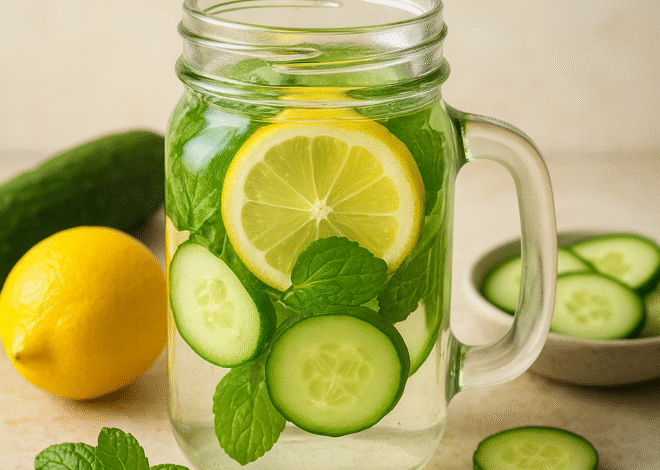Nutrition for Busy Parents: Tips for Feeding a Family
Being a parent is a full-time job in itself, and juggling family life, work, and social commitments can leave little time to focus on meal planning and preparing nutritious meals.

1. Plan Ahead (But Keep It Simple!)
Meal planning is one of the best ways to ensure that your family gets nutritious meals without last-minute stress. But you don’t need to create an elaborate weekly meal plan. Keep it simple by:
- Batch Cooking: Dedicate some time once or twice a week to cook and prep meals in bulk. You can cook larger portions of dishes like pasta, rice, or soups, and store them in the fridge or freezer for later in the week.
- Meal Themes: Make your week easier by designating certain days for specific types of meals. For example, Monday could be “Meatless Monday,” Tuesday can be “Taco Tuesday,” and Friday could be “Pizza Friday.” This takes the decision-making out of the equation.
- Prep Ingredients: Chop vegetables, marinate proteins, or portion out snacks ahead of time. Having everything ready to go makes assembling meals on busy days much faster.
Nutrition for Busy Parents: Tips for Feeding a Family
Being a parent is a full-time job in itself, and juggling family life, work, and social commitments can leave little time to focus on meal planning and preparing nutritious meals. However, providing your family with balanced, wholesome meals is essential for their health and well-being, and it doesn’t have to be overwhelming or time-consuming.
Here are some practical tips and strategies to help busy parents make nutritious meals for their families without the stress.
1. Plan Ahead (But Keep It Simple!)
Meal planning is one of the best ways to ensure that your family gets nutritious meals without last-minute stress. But you don’t need to create an elaborate weekly meal plan. Keep it simple by:
- Batch Cooking: Dedicate some time once or twice a week to cook and prep meals in bulk. You can cook larger portions of dishes like pasta, rice, or soups, and store them in the fridge or freezer for later in the week.
- Meal Themes: Make your week easier by designating certain days for specific types of meals. For example, Monday could be “Meatless Monday,” Tuesday can be “Taco Tuesday,” and Friday could be “Pizza Friday.” This takes the decision-making out of the equation.
- Prep Ingredients: Chop vegetables, marinate proteins, or portion out snacks ahead of time. Having everything ready to go makes assembling meals on busy days much faster.
2. Incorporate Quick and Nutrient-Dense Meals
Busy nights don’t have to mean unhealthy takeout or frozen meals. There are plenty of nutrient-packed meals that are quick and easy to make. Consider:
- One-Pan Meals: Sheet pan dinners (e.g., roasted chicken, sweet potatoes, and veggies) or stir-fries are fast to prepare, require minimal cleanup, and are loaded with vitamins, minerals, and protein.
- Slow Cooker or Instant Pot: These kitchen tools are game-changers for busy parents. Throw in ingredients in the morning.
3. Make Healthy Snacks Accessible
Children (and adults) get hungry between meals, and snack time often derails healthy eating plans. Keep healthy options on hand and make them easy to grab:
- Pre-portioned snacks: Prepare individual servings of fruits, nuts, trail mix, yogurt, or cheese in small containers so they are ready to grab. This is also a great way to limit portion sizes.
- Veggie Packs: Carrot sticks, cucumber slices, and bell pepper strips with a healthy dip (like hummus or guacamole) can make a fun, satisfying snack. You can even throw in a few crackers or whole-grain pretzels for extra crunch.
4. Involve Kids in Meal Prep
Getting your kids involved in the kitchen can make meal prep easier and more enjoyable, while also teaching them healthy habits. Depending on their age, here are some ways they can help:
- Set Up a Salad Bar: Let kids assemble their own salads by choosing from a variety of vegetables, fruits, nuts, and protein options (like grilled chicken, chickpeas, or cheese). This can make meals more exciting and teach them about balanced eating.
- Stir or Assemble: Older kids can help stir ingredients, roll wraps, or set the table. This not only gives you some relief, but it can also build a sense of ownership over the meal.
5. Stock a Healthy Pantry
Canned Beans and Lentils: These are great for adding protein and fiber to meals. Throw them in salads, soups, or tacos, or blend them into a dip like hummus.
Whole Grains: Keep rice, quinoa, couscous, and whole-grain pasta on hand. These are quick to cook, satisfying, and a great source of fiber.
Frozen Vegetables: Frozen veggies are just as nutritious as fresh ones and can be quickly added to stir-fries, soups, or casseroles. Stock up on a variety to make meals more colourful.
Nuts, Seeds, and Nut Butters: These provide healthy fats, protein, and fiber and can be used for snacks, in smoothies, or sprinkled on top of oatmeal or salad.
Fruits: Frozen fruits can be used in smoothies, baked goods, or as a quick topping for yogurt or oatmeal.











